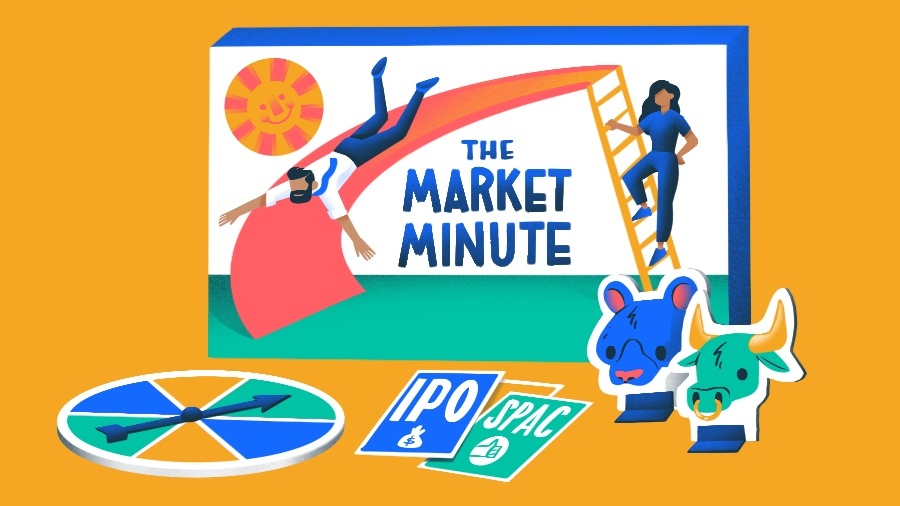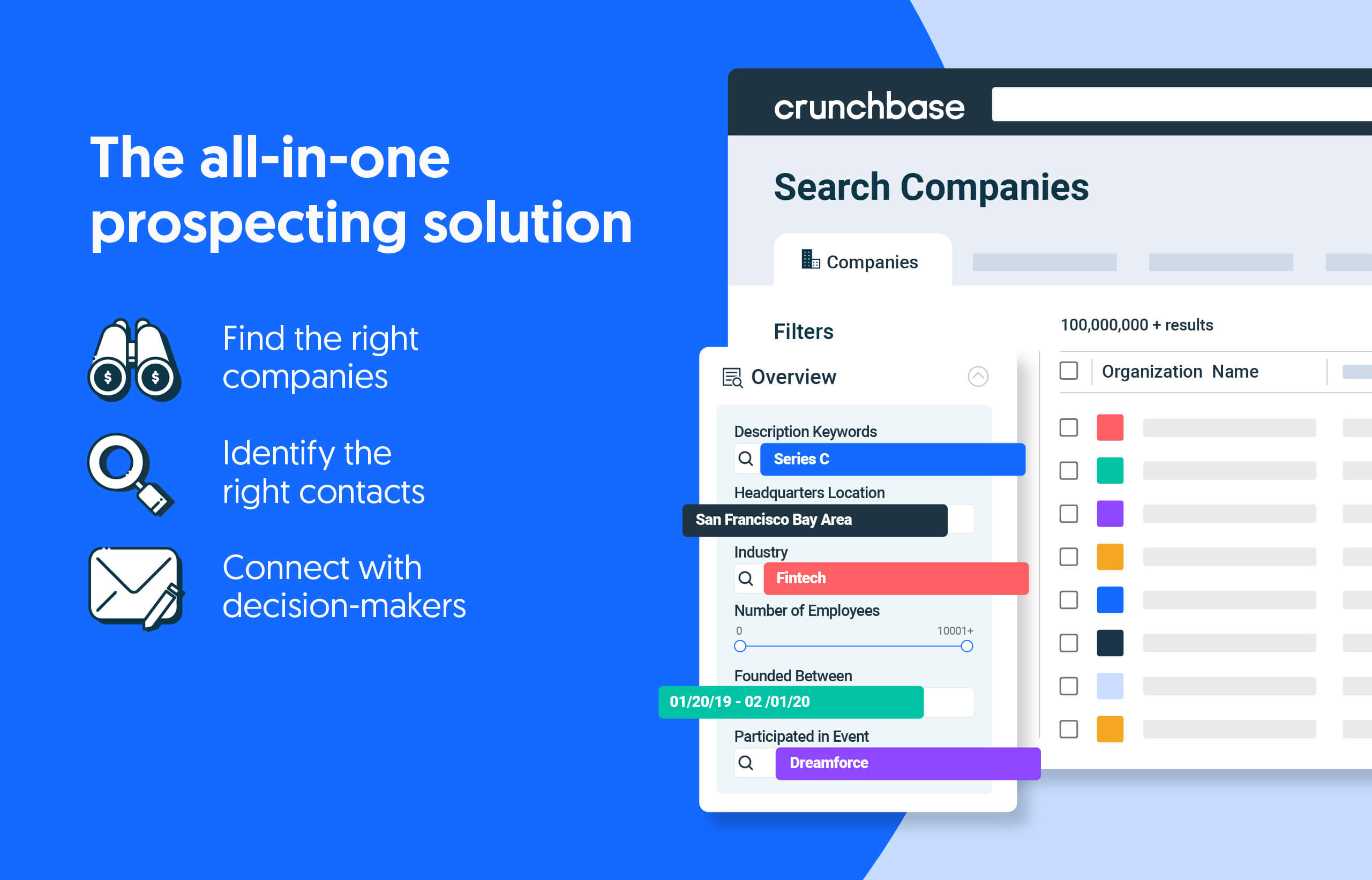Last year was a blockbuster year for the public markets and saw a record number of special purpose acquisition companies go public. All told, 613 SPACs raised more than $162 billion in gross proceeds, crushing the record set in 2020, which was already a standout year for the SPAC market.
But many of those deals fared poorly. The vast majority of companies that went public through a SPAC traded far below their highs by the end of the year, as we’ve reported. And despite a fourth-quarter flurry of SPAC activity, it’s unclear if 2022 will shape up to be as active for the SPAC market—given the current market conditions with the prospect of rising inflation and regulatory crackdowns looming.
Search less. Close more.
Grow your revenue with all-in-one prospecting solutions powered by the leader in private-company data.
The first half of the year is likely to be bumpy for SPACs, according to Kristi Marvin, founder of SPACInsider, noting that it will “probably get worse before it gets better.”
She added that the SPAC market does tend to be cyclical and change quickly, so it could turn around fast.
Additionally, quality SPAC teams likely won’t price an IPO with such uncertain market conditions.
“It’s hard to come up with one overarching thing to say,” Marvin said. “If you look at all 579 SPACs out searching right now, they’re not all created equal. They’re not all going to have the same outcome.”
The “cream of the crop” will rise and there will be some very good deals, but it will be tougher for first-time SPAC sponsors because of the complexity of the process and the macroeconomic environment, which makes going public through a SPAC less appealing for many companies, according to Marvin.
If the Federal Reserve raises interest rates or SPACs face more regulations, public SPACs could be hammered—making companies less inclined to go public.
Search less. Close more.
Grow your revenue with all-in-one prospecting solutions powered by the leader in private-company data.
SPAC proceeds reached a record $82.8 billion in the first quarter of 2021, before falling to $11.9 billion in the second quarter once SPACs faced regulatory scrutiny, according to Statista. The fourth quarter saw a bit of a rebound with SPAC proceeds reaching around $33 billion, according to Will Braeutigam, the national SPAC execution services leader at Deloitte.
Searching for a target company is a competitive sport, according to Marvin. A SPAC’s structure and team experience is crucial.
“You’re going to have a lot of disasters, but you’re also going to have a lot of good wins,” Marvin said. “There will still be good companies that go public through SPACs. The problem is—and my worry is—the car wreck gets the most amount of eyeballs.”
With fewer SPAC sponsors coming in, there likely won’t be as many SPACs that form or go public this year, according to Doug Jacob, co-founder of &vest, a consumer brand investment and incubation platform.
But “quality SPAC sponsors,” as Jacob put it, will continue to get deals done and file SPACs.
SPAC merger announcements will likely eclipse 2021’s stats, according to Braeutigam. That’s because of the record number of SPACs that went public last year. Many of those SPACs, especially those in the fourth quarter, had shorter cycles, so they’re facing a time crunch.
The supply side of the SPAC market is the highest it’s ever been at nearly 580, Braeutigam said. And of those deals, around 230 will have to de-SPAC this year–likely a record.
Of course, not all of those SPACs will find target companies and some will have to liquidate. Still, Marvin believes there will be few SPAC liquidations this year.
What’s more likely is that those “zombie SPACs” keep searching in some form or another.
When a SPAC reaches the end of its life, there’s generally an option for it to extend its timeline if shareholders vote to do so. Otherwise, the SPAC liquidates and shareholders receive their money back, while the founder essentially forfeits their shares.
Some of the worst-performing VC-backed companies that went public through a SPAC last year include BuzzFeed (closed at $4.62 on Tuesday after a one-year high of $14.77), Clover Health (closed at $3.31 on Tuesday after a one-year high of $28.85) and Talkspace (closed at $1.70 Tuesday after a one-year high of $12.45).
Part of the reason many SPACs were hammered is because valuations were so high, according to Jacob.
“I think the first half of this year in general, beyond just the SPAC market, is going to be volatile,” Jacob said. “There’s still some uncertainty around interest rates and COVID. And I think coming into the middle of the back half of the year you’re going to see strong numbers again for IPOs and sentiment in the market.”
Illustration: Dom Guzman

Stay up to date with recent funding rounds, acquisitions, and more with the Crunchbase Daily.



![Illustration of a guy watering plants with a blocked hose - Global [Dom Guzman]](https://news.crunchbase.com/wp-content/uploads/quarterly-global-3-300x168.jpg)
67.1K Followers